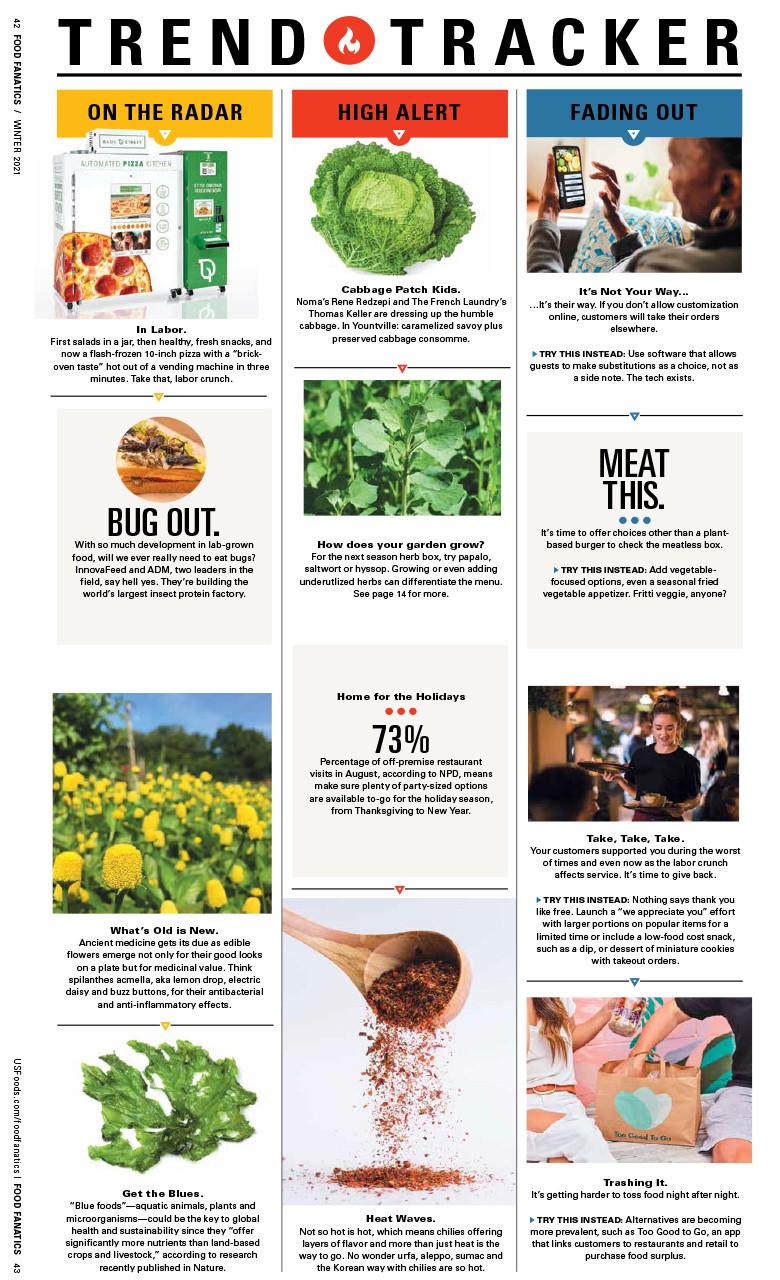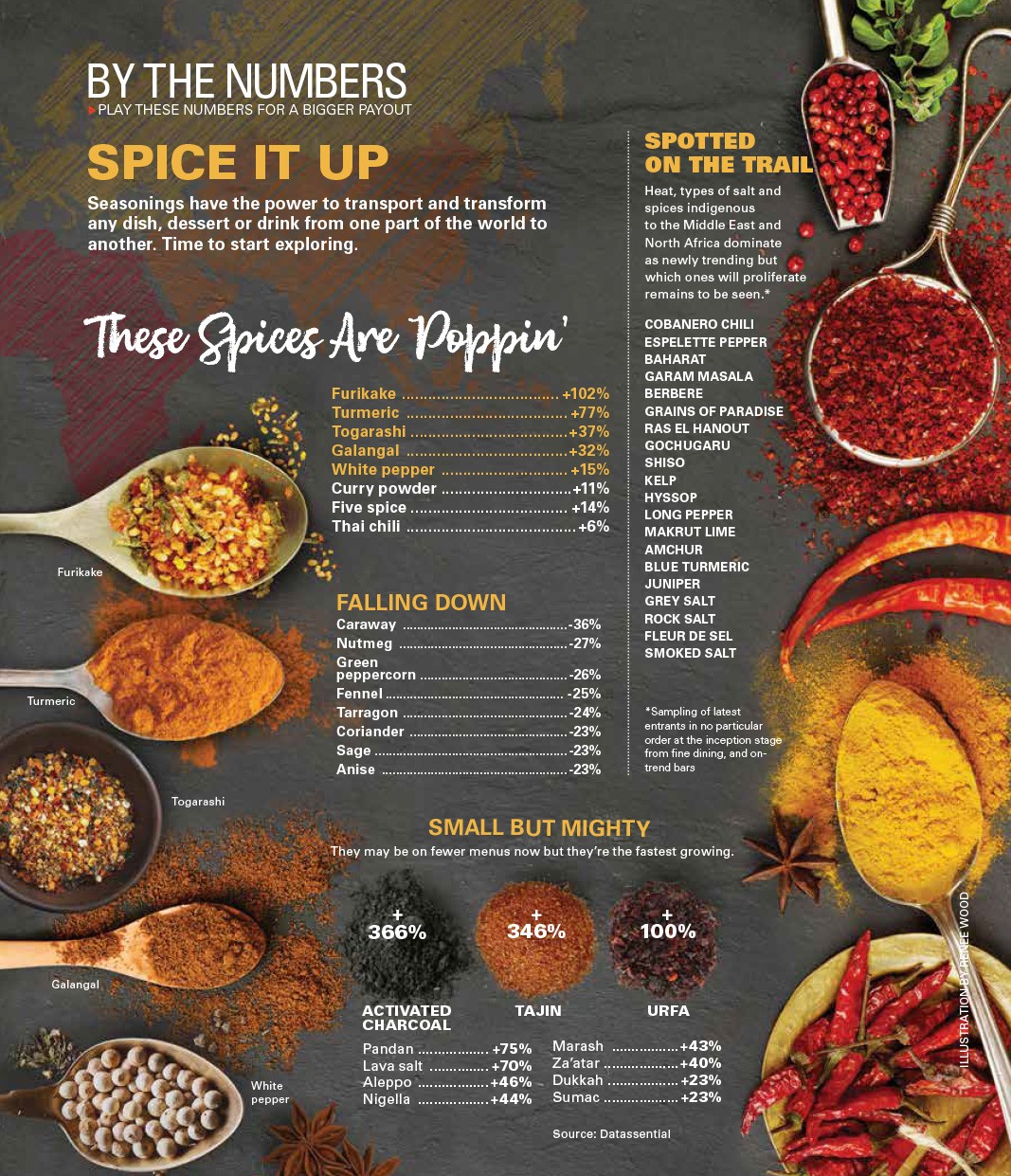Light & Bright
The Vietnamese pantry shines on the familiar to inspire new favorites
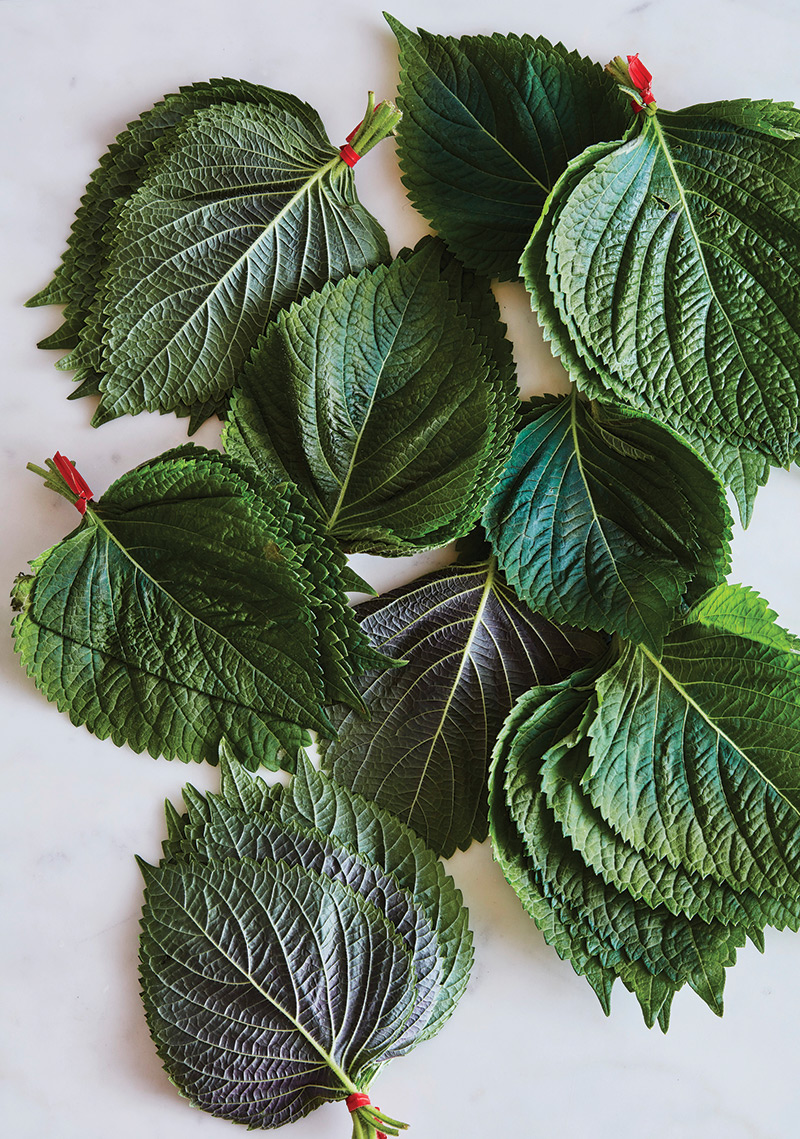 The timing is prime. As restaurants emerge this spring with hope of fully operating, chefs are eager to flip the switch from survival to creativity mode in ways that appeal to all guests. Diners want better-for-you foods and flavors that match the excitement of a renewed normal.
The timing is prime. As restaurants emerge this spring with hope of fully operating, chefs are eager to flip the switch from survival to creativity mode in ways that appeal to all guests. Diners want better-for-you foods and flavors that match the excitement of a renewed normal.
The Vietnamese pantry stands at the intersection where basic proteins, from chicken to seafood and desserts of all kinds, could use a boost of excitement. Southeast Asian ingredients deftly balance salty, sweet, spicy, bitter and sour components with varying textures and contrasting temperatures – all of which result in lighter and healthier dishes.
“Vietnamese is the most refined cuisine of Southeast Asia,” says chef Thai Dang of HaiSous in Chicago. Incorporating influences from neighboring Laotian, Chinese, and Hmong cuisines with techniques learned under French colonization, the dizzying variety of Vietnamese dishes fall in line with the big and bold flavors American diners crave, but they have yet to recognize them wholeheartedly beyond pho or banh mi.
Recipes from this article:
Dang updates tradition with modern back-of-the-house techniques. In Vietnamese homes, ga kho gung – chicken braised with fish sauce, ginger, chilies and sugar – is cooked by instinct. Dang replicates this familial nuance by instructing cooks to measure ingredients and cooking time by weight ratio. At Bricolage in Brooklyn, chef Lien Lin’s Vietnamese and Chinese heritages combine in a gastropub menu that highlights local ingredients. Her Vietnamese bouillabaisse melds fragrant lemongrass, pungent fish sauce, local fish and French technique. For chef Vince Nguyen of Berlu in Portland, Oregon, tasting menus help him create an eating perception he’ll then thwart entirely by shifting textures, flavors or temperatures.
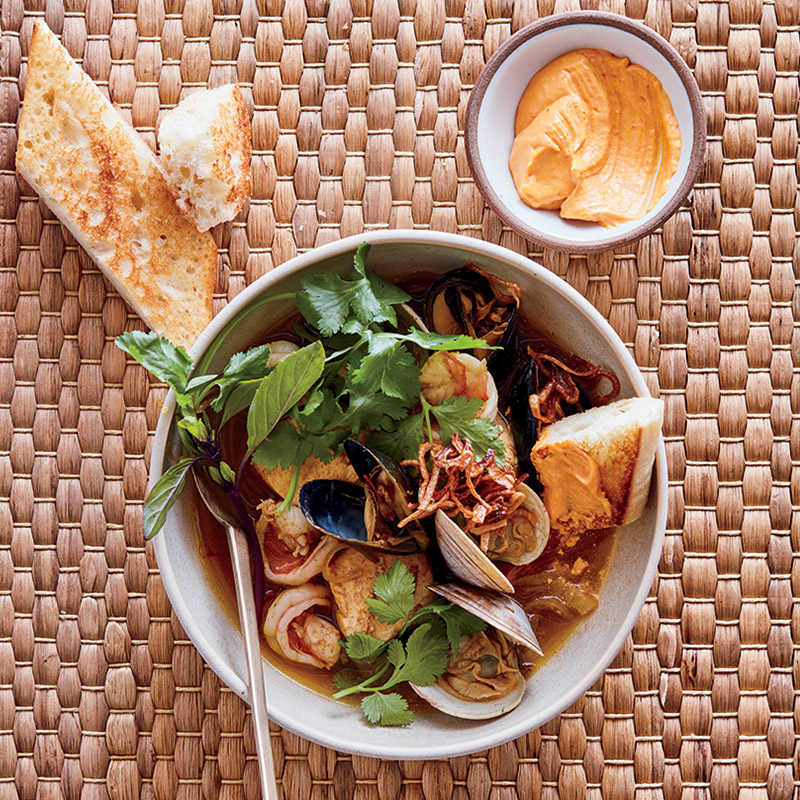
As their operation shifts post-pandemic, these chefs will use the lessons learned, such as the need for comfort foods and affordability, to innovate tradition. Nyugen transformed almost entirely, opening a traditional Vietnamese bakery. His chewy crepe cake with pandan pastry cream and seasonal fruit might be new to some Americans, but the composition is solidly Vietnamese. Such ingredients – ginger, chilies, fish sauce, lime leaves – serve as the cornerstones of Vietnamese dishes. Here’s how to bring 15 classic Vietnamese ingredients into your kitchen to meld the new with the familiar.
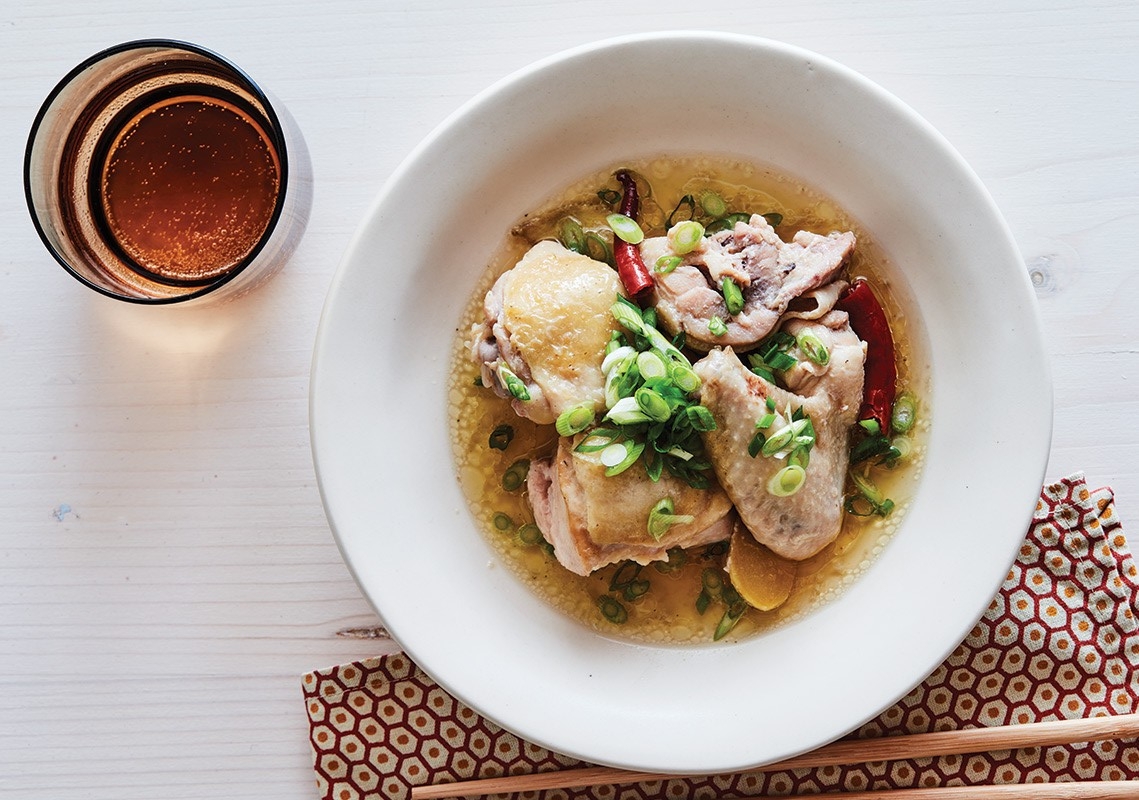
STAPLES
» Rice paper: This gluten-free wrapper is malleable when fresh, or after a quick dip in water. Use to make cold summer rolls or to wrap the quintessential combination of hot grilled meats, noodles, raw vegetables and fresh herbs. Fry into crunchy rolls, advises Lin. Fry plain papers for tortillas or salad topper chips, suggests Dang.
 » Tapioca flour: Tapioca flour lends that classic chewy texture and mild flavor to Vietnamese pastries. Incorporate with rice and potato flour for pastries – it’s too heavy and sticky on its own, warns Nguyen – or use to thicken gluten-free sauces and gravies.
» Tapioca flour: Tapioca flour lends that classic chewy texture and mild flavor to Vietnamese pastries. Incorporate with rice and potato flour for pastries – it’s too heavy and sticky on its own, warns Nguyen – or use to thicken gluten-free sauces and gravies.
» Thin rice noodles: To cook the thin rice noodles commonly found in the U.S., shock them under cold water, rinse with warm water and cover with a dampened towel, Lin says. They’ll stay pliable for cold noodle salads, rolls and quick soups. Fry dry noodles for salad and garnishes.
SALTY
» Hoisin sauce: “The ketchup of Asian cuisine,” according to Lin. This soy sauce, black bean paste, molasses, vinegar, sesame and garlic blend make a beloved pho condiment and base for other sauces. Add peanut butter and garlic for dipping rolls, noodles and stir-fried rice, Dang suggests.

» Oyster sauce: Made from boiled oysters reduced with sugar and water and thickened with cornstarch, the luscious texture emulsifies beautifully into marinades and sauces. It lends rich, sweet, salty brininess that enhances other ingredients. Combine with soy sauce, sugar, garlic and ginger for a meat marinade.
» Fermented shrimp paste: This pungent paste of blended fermented whole shrimp and salt is a favorite because it packs in the umami. To mellow the funky aroma, cook a little into dipping and stir-fry sauces (like the oyster combo above). Lin adds a dab to her pasta Bolognese sauce too. “It adds another layer of flavor that people can’t put their finger on,” she says.
SOUR

» Limes and lime leaf: More native to Vietnam than lemons, lime’s concentrated citrus flavor and aroma best complement other intense Vietnamese ingredients. “Lime leaf is incredibly fragrant, bright and acidic,” Nguyen says. “I love to slice it thin and sprinkle over pastries or fold into coconut pastry creams.”
» Pickled vegetables: A Vietnamese staple, quick-pickled daikon and carrots “add crunch, acidity, and sweetness,” says Lin. Add to salads, noodles and rolls to contrast soft textures and hot temperatures. Dang uses pickled mustard greens in soups and braises, so the lactic acids tenderize meat while also seasoning. “Or toss raw with spices into your cooked roasted vegetables for a different texture and flavor profile to stimulate your palate,” he suggests.
SWEET

» Vietnamese cinnamon: With a bigger bark that’s hard to grind down, this particularly fragrant cinnamon is both sweet and spicy, classically added to simmering soup broths.
» Cardamom: Grassy, lemony and citrusy, green cardamom’s herbal and minty notes balance out rich and fatty flavors, and black cardamom adds a touch of smoke to the palate. Combine with Vietnamese cinnamon in pho broth, infuse into sugar syrups, or cook into tropical fruit jams.
» Rock sugar: With a natural and gentle sweetness, rock sugar balances the salty, meaty notes of soups and braises. Because it doesn’t dissolve in cold applications, it’s a challenge to grind and takes time to melt; stick to hot applications that cook low and slow.
SPICY
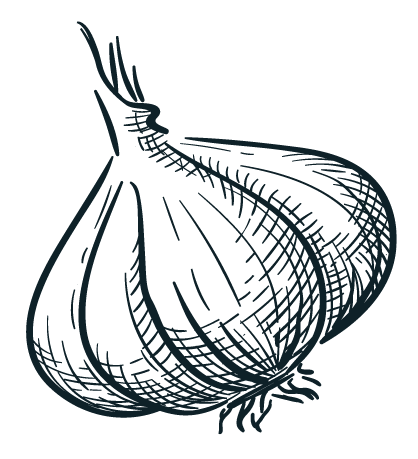
» Sambal oelek: The garlic-free version of this spicy chili condiment also makes a versatile cooking paste. Add to marinades and dressings for kick. Or, cook it down with palm sugar, shallots and garlic for a sweet chili sauce that Dang uses as a “mother sauce” in other dishes.
FRESH
» Lettuce, cilantro and mint: Use lettuce as a wrap for cooked meats, noodles, and herbs. Fold the trio into rice paper summer rolls. Or, toss into noodle salad.
» Lemongrass: Floral and fragrant, lemongrass stalks crushed into stocks or marinades add an underlying brightness to particularly meaty dishes. Buy fresh or frozen – dehydrated lemongrass is stripped of the essential oils and moisture that pack the flavor.
» Perilla leaves: “Vietnamese cooking in one herb” is how Dang describes the collectively sharp, sweet, herbal, and anise-like notes of perilla leaves. “It’s the one herb that’s delicate, but also strong enough to withstand broths or grilled meats.” Use raw in rolls or add to salads.


